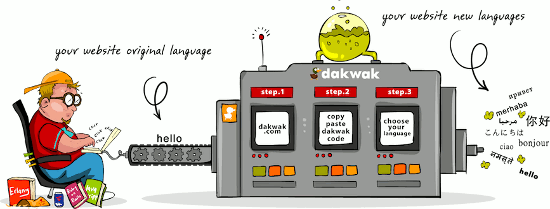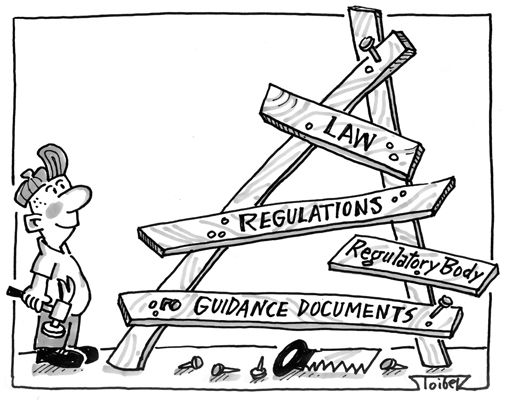We recently ran an article on how to get the most out of localizing a website. In that article we concentrated on the basics; the things that absolutely must be done for a localized website to have an impact. Today, we’d like to take a look at 5 more things that are, perhaps, a little less obvious but can also make a big difference to the UX of the finished localized product.
Plan for Longevity
One of the things you need to consider in localization is that this is an ongoing process. Too many localization projects are ruined by the supposition that they are done once and then forgotten about. If you are updating so much as a single page or a single menu option; this needs to be reflected in every single localized version of your product.

Localization is both time consuming and expensive; you must plan for longevity if you want that investment to bring a healthy return.
Plan for Local Search
You may think that Google’s the only search property on earth but my Chinese wife never uses it; to her Baidu’s the only place to go for information online. We’ve become used to reminding Google to index our content – in fact in most web presences this is built in, we don’t need to think about doing it, we can rely on a reminder being sent automatically. We need to become used to the dozens of other search engines for other languages, cultures, etc.

Then we need to do the same for social networks. You won’t get fair in China without Weibo for example.
Plan for Legal Variances
One of the more complex areas of localization is making sure that your content and policies match the local legislative regime. In the United States data protection law is much looser than it is in Europe for example.
It may be totally legal to criticize Thai royalty in the United States but in Thailand (and thus much of the ASEAN region) it’s a criminal offence. And so on…

You’re going to need a local legal team to review your content and stop it from getting you into trouble.
Payment Needs to be Simple
I live in Cambodia. It’s next to impossible to buy anything online here. We don’t get Paypal and we don’t get credit cards. The few services that are successful here are successful because they allow cash on delivery payments. Yes, it’s not an option I’d want to give out in London either but here it’s the only way to succeed.

You must make it easy for people to pay you and in the way they expect to pay you too. Credit cards, cash, direct debit, instalments, etc. need careful consideration and placing in local context to work.
Then Get Testing

You need to conduct user testing on localized products. In fact, we’d suggest it might be even more important to do user testing here than on your own English website. Why? Because there are a bunch of cultural issues that we are not likely to be able to take into account ourselves. We need to know if we’ve done anything offensive or awkward and we need to know before our users tell the whole world about it.
Image Sources: Hubspot (link to image), Cloud Front (link to image), Startup Arabia (link to image), The University of Georgia (link to image), Rent Matic (link to image), Adobe (link to image)











